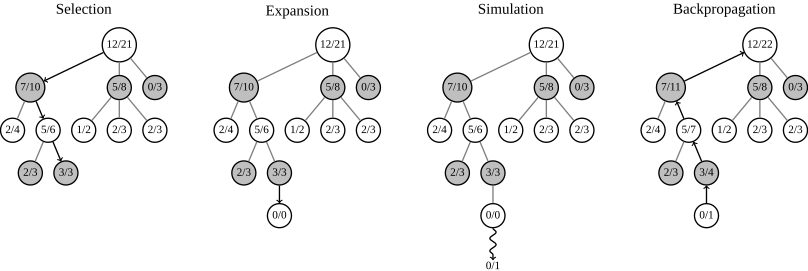In order to introduce the concepts or accuracy and precision, I ask my class to take out a watch (stopwatch from their phones are fine, but I also like having someone use a wrist watch) and time Usain Bolt’s 100m run for themselves.
Although I don’t cover up his actual time, one could edit the video to remove it for more “authenticity”. After the video, I take a list of times students have measured. It may look something like this:
- 9.90s
- 10s**
- 8.90s
- 10.10s
- 9.30s
- 9.48s
- 9.61s
- 9s**
**these times would be ones that come from a wrist watch; most/all smartphones time up to 2 decimal places.
Having a list of numbers for comparison, I ask the students to discuss what accuracy and precision might mean. Although the concept of accuracy is relatively simple for students, I find this intro gets students thinking about precision and significant figures more closely. To discuss all these concepts, I may use leading questions like:
- What do you think precision is? How might it relate to the times we’ve measured?
- Why do you think I got everyone in this class to take measurements? Would it have been better if I asked a single student to measure the time?
- What’s the difference between a stopwatch vs a wrist watch for measuring time?
- If we re-measured the time with both measuring devices again, what do you think would happen?
- How come our time measurements are different from the value from the video?
- What kind of things do you think the timekeepers did to ensure accuracy?
The depth of the discussion would of course depend on the class makeup and experience of the teacher in facilitating discussions.
A follow up activity would involve length measurements. Each group of students would receive two rulers measuring rulers (printed on paper, shown below) and are asked to measure the width of an object, such as their textbook:
This could potentially lead into a discussion of significant figures and precision. Once again, the quality of the discussion would depend on the questioning skills of the teacher and class make-up!



